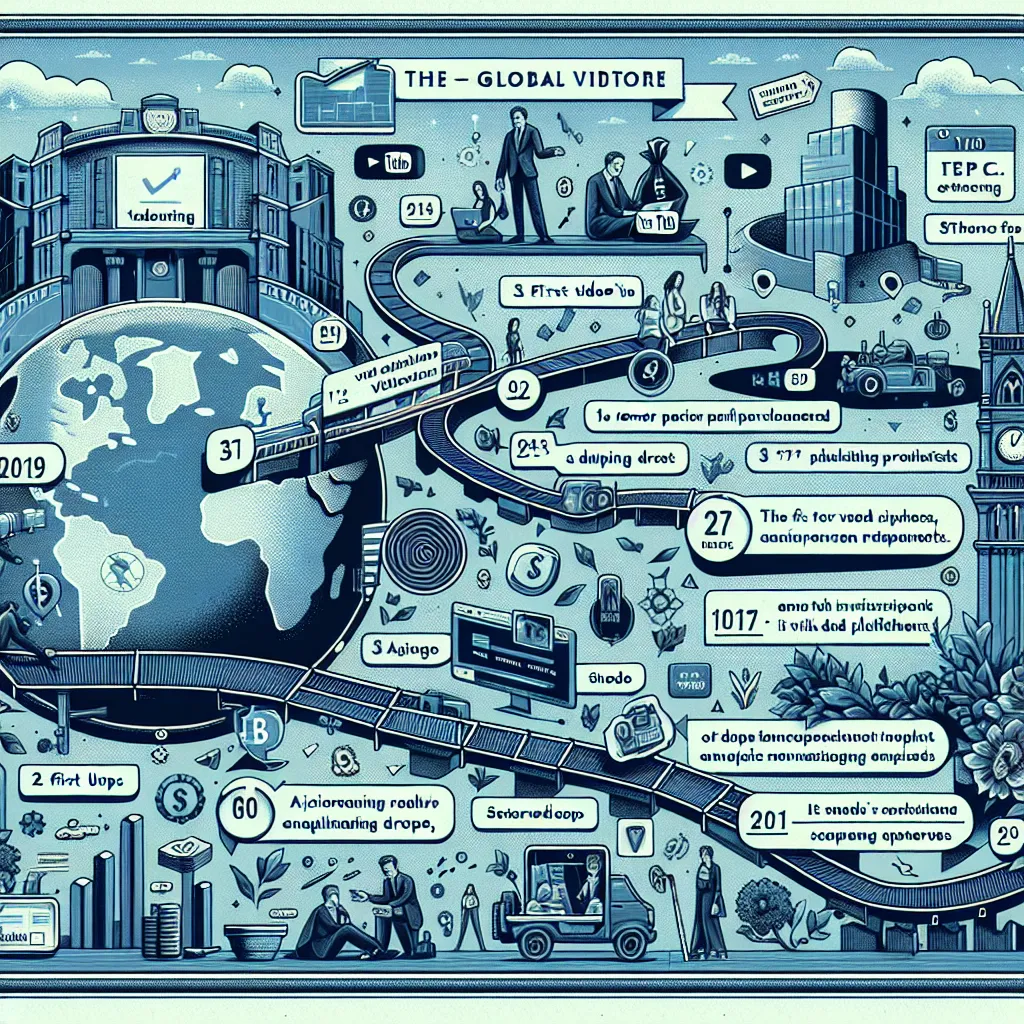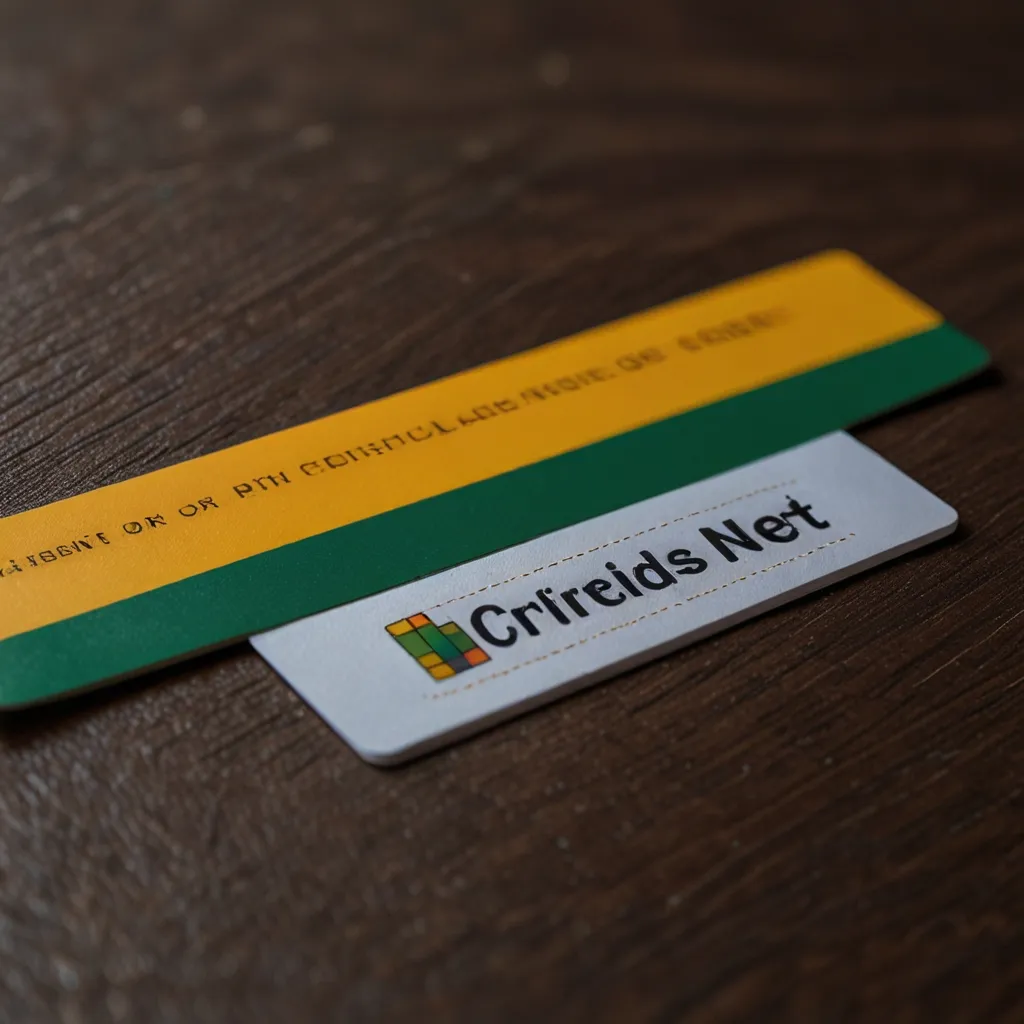Getting a handle on your net worth is way simpler than it sounds and offers a snapshot of your financial health. At its core, it’s the gap between what you own (your assets) and what you owe (your liabilities). That one straightforward number can tell you a lot about where you stand with your money and guide your financial choices.
So, let’s break it down. First up, gather everything you own that’s worth money. This includes big stuff like your house and car, and smaller valuable things like your savings, stocks, bonds, jewelry, and even art. You need to know what each of these is worth if you were to sell them today. For example, if your house is valued at $200,000 and you have a $150,000 mortgage left, the net value of your home would be $50,000.
Next, make a list of all your debts. This is everything you owe: mortgages, car loans, credit card balances, student loans, you name it. Write each one down with its current balance. For example, if you owe $5,000 on your credit card, that’s a liability you’ll subtract from your assets.
Now comes the easy math: Net Worth = Total Assets - Total Liabilities. If your stuff outweighs what you owe, you’ve got a positive net worth and that’s awesome. If your debts are bigger than your assets, your net worth is negative, which means it might be time to tackle that debt.
Let’s put this into a real-world scenario. Say you have $300,000 in assets and $200,000 in debts. Your net worth is $100,000. Flip that around: $200,000 in assets and $300,000 in debts, and you’re looking at a net worth of -$100,000.
It’s smart to check your net worth regularly—monthly or yearly—to track how your finances are shaping up. This routine can highlight where you might need to save more or cut back on your spending.
Upping your net worth is all about either boosting your assets or trimming your debts. Save more money, cut unnecessary spending, or find ways to increase your income like picking up a side gig or asking for a raise. Extra cash can then go towards paying off debt or investing in things that will grow in value over time.
Net worth isn’t just a personal thing; it’s a big deal for businesses too. Companies track their net worth, often called shareholders’ equity, to check how financially healthy they are. Investors and lenders use it to figure out a company’s ability to pay back loans and turn a profit.
In essence, calculating your net worth is a powerful tool to stay on top of your money game. Regularly tracking what you own versus what you owe helps you make smart decisions aimed at improving your financial well-being and hitting those long-term goals.






